Only a fool goes into the wild completely unprepared and unprotected. There is essential protective gear for the outdoor you need to stay safe. If you want to see how this ends up, all you need to do is read the book or watch the film adaption, Into The Wild. While this is a striking film that speaks on the true meaning of life, it also serves as a warning. The protagonist, Jon Krakauer, is a Harvard-educated young man who decides to leave his life of financial success behind in pursuit of a higher purpose which he thinks he will find in the wild.
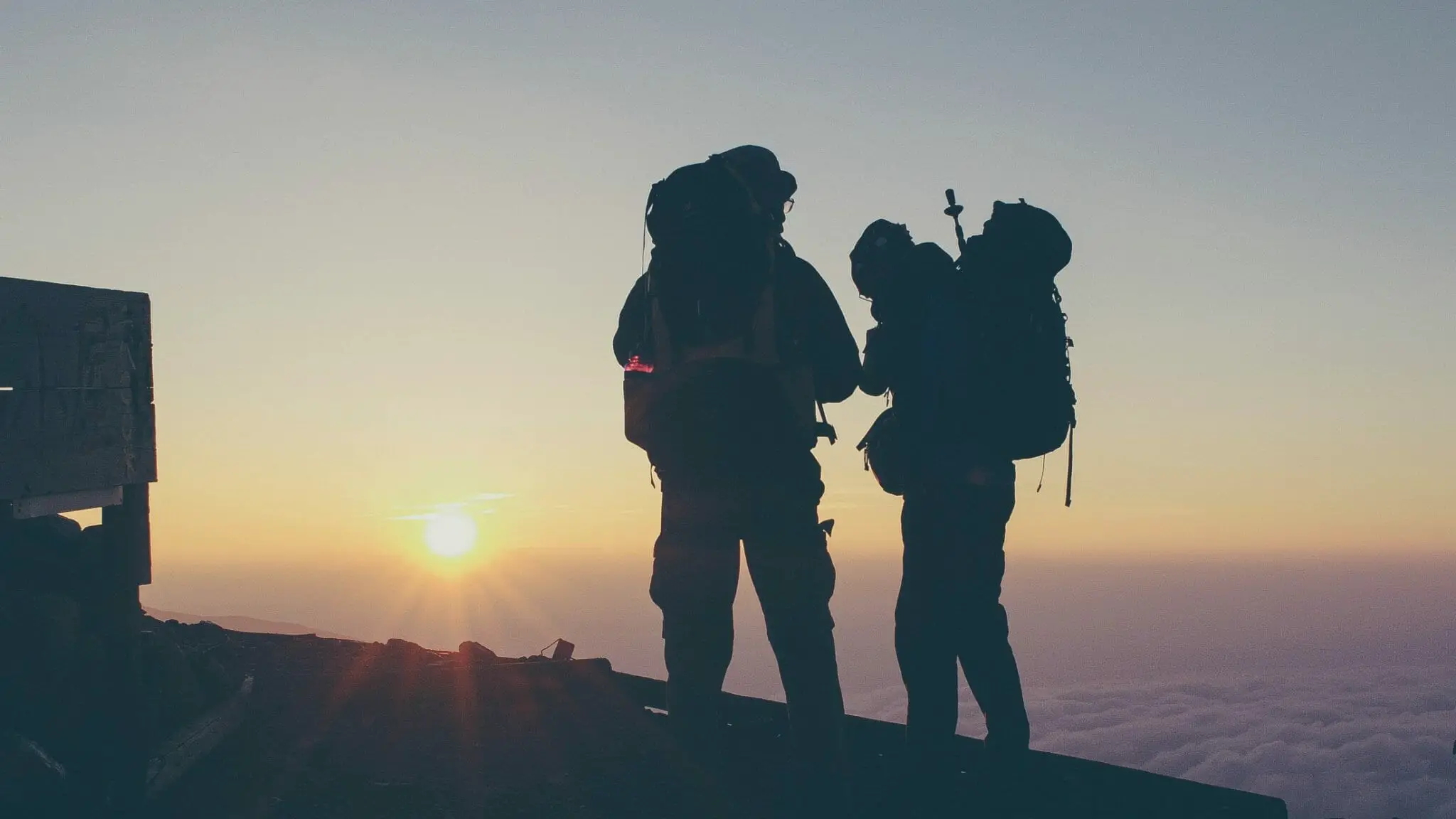
Despite his education and best efforts to survive, he dies because he is unprepared for the harsh Arctic climate and has virtually no protective gear whatsoever. Sorry for the spoiler, but it’s important for you to get the message: never go out into the wild unless you prepare properly.
Essential Protective Gear for the Outdoors List
Today, we’re going to be going over some essential protective gear that you need to always have in your arsenal whether you’re hiking for a few hours or a few weeks.
1. Hiking Boots
A pair of good hiking boots is hands-down the most important part of your gear. Each one of your feet has 26 bones and 33 joints which govern your motion. All it takes to ruin your day is for one of these to run into some problems.
When you’re out hiking in the wilderness, you’re on unforgiving terrain. Unstable gravel, slippery mud, wet puddles, unexpected holes, snake bites, and other obstacles stand in your way. By going out without a proper pair of hiking boots, you may as well be shooting yourself in the foot.
Depending on where you’ll be hiking, you’ll need differing t levels of protection. If you plan on hiking in the snow and ice, you’ll need a good pair of weatherproof boots. If you’re going to be somewhere hot and dry, then you may want something that’s a little more breathable.
All hiking boots offer superior traction to prevent you from slipping on wet rocks or patches of black ice. You may see rubber studs, lugs, and specialized outsoles which resist slipping forces.
Snake boots are also a good thing to consider if you’re going to be walking through forests and wetlands. All it takes is one bite from a venomous snake to end your hiking expedition, and possibly your life.
Moral of the story; spend some time researching and picking out the perfect pair of hiking boots.
2. Extra Socks
If you want to see just how bad trench foot can get, take a look at these photos on Wikipedia. Trench foot is a condition that occurs when your feet have prolonged exposure to a wet, damp, and unsanitary environment. Sounds a lot like the inside of your boots after a long day, doesn’t it?
Whether you’re sweating or you step in a puddle, you’re going to get the inside of your boots at least a little bit wet. An extra pair of dry socks weigh just a few ounces, can fit in your pocket, and make an essential addition to your gear.
3. Sun Protection is Essential Gear
Sun burns are never fun. Sure everybody appreciates a nice bronze tan, but when you take this too far, you’re damaging your skin. Besides making your skin burn, itch, and peel, sun burns also sap your energy and your body’s natural cooling ability.
If you’re in the middle of a strenuous hike, the last thing that you need is your body to overheat due to sun exposure and your energy to drop to unsustainable levels. Also, any medical doctor will warn you that extensive exposure to UV rays and sunburns are the leading cause of skin cancer in the world. Do yourself and your skin a favor and pick up a $5 tube of sunscreen.
4. Emergency Shelter
Nature is unpredictable. You can’t put it in a box, and despite the meteorologist’s best efforts, you should always prepare for the worst. Anything can happen from freak rain storms to hail. Each one of these has the potential to put a huge damper (pun intended) on your trip.
Aside from making you generally uncomfortable, they can damage your gear, and soak your only pair of dry clothes. To protect yourself in these situations, your best bet is to pack a small foldable tarp or tent in your bag. You can combine a tarp with some sticks and other natural shelter to cover yourself in a protective umbrella where you can remain warm and dry.
5. Fire Starter
Fire is one of your best friends when you’re out in the wild. Whether you want a campfire to roast hotdogs over or you fell in a cold river and need to dry out quickly, a fire starter needs to be an essential part of your protective gear.
Fire starters are relatively simple. They include a stick of magnesium and a spark-maker. After you build up your kindling, simply point and scrape until a small fire begins to burn. In emergency situations when you’re cold and wet, or you’re lost in the middle of nowhere, the ability to make a fire can save your life.
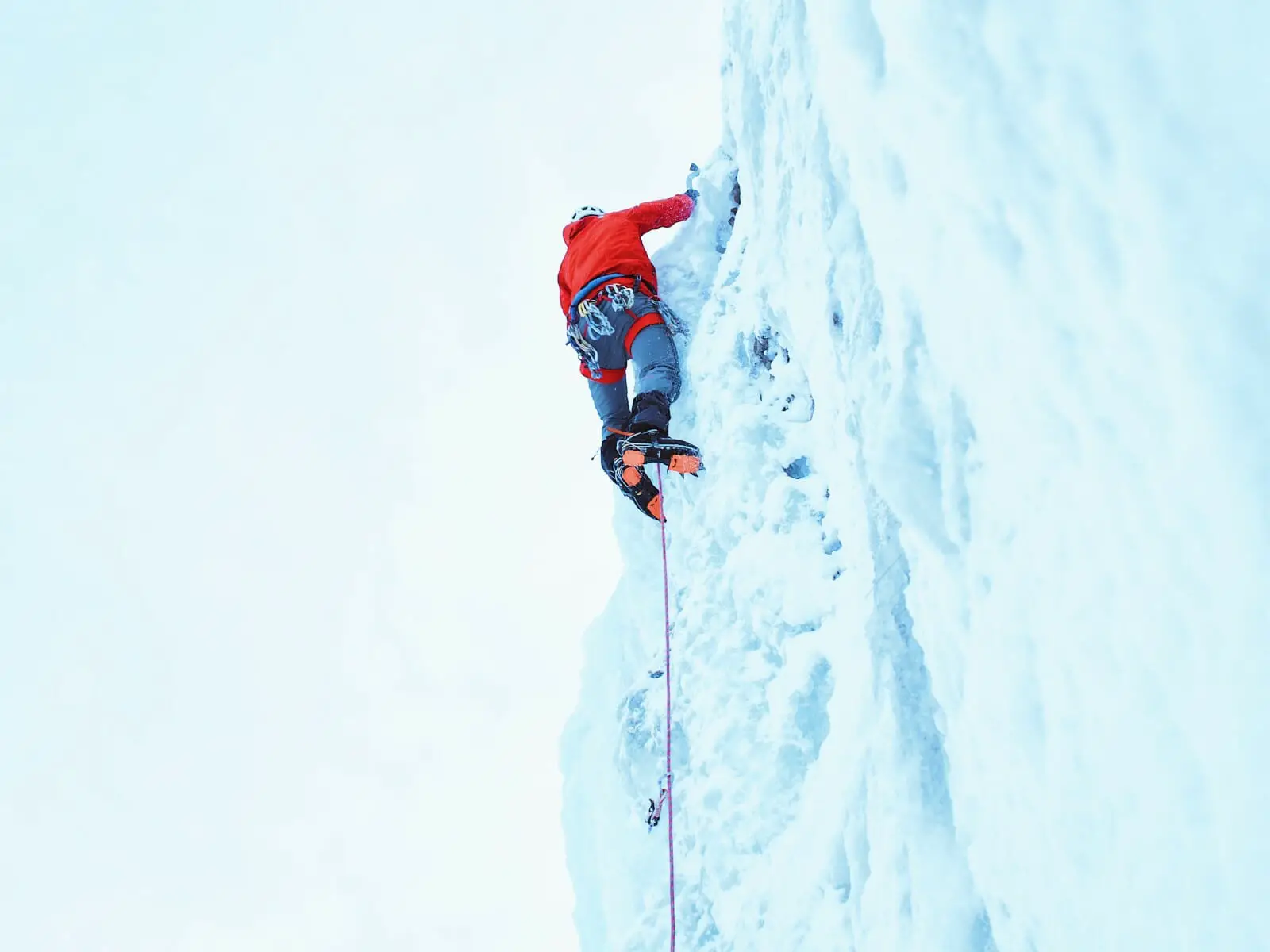
Final Advice on Essential Protective Gear for the Outdoors
This is by no means an all-inclusive list of the gear that you could and should take on a hiking trip, but these are the basics. Armed with these, you’ll be well on your way to a successful outdoor expedition.
Remember to start by getting a pair of solid hiking boots that are best-suited to the environment that you’ll be in, and don’t forget the extra socks! After that, the other items take up relatively little space and can be easily packed into your bag.

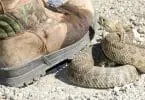
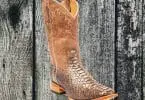
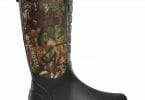
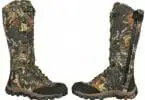
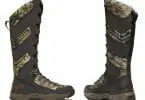
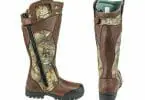

Leave a Comment